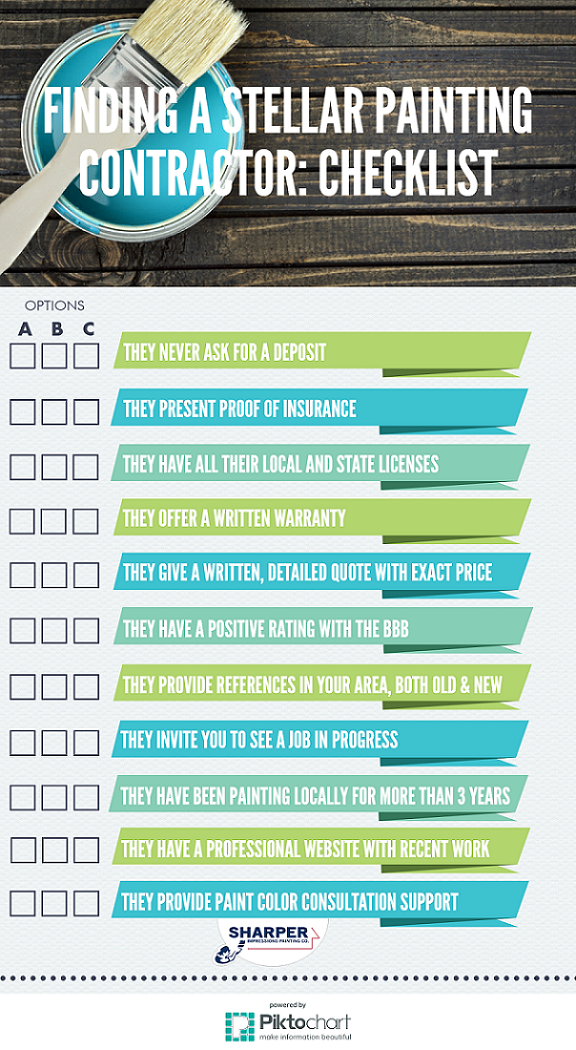Investigate The Duty Of Seasonal Consider The Success Of Commercial External Paint And Reveal The Best Times To Protect Lasting Results For Your Project
Investigate The Duty Of Seasonal Consider The Success Of Commercial External Paint And Reveal The Best Times To Protect Lasting Results For Your Project
Blog Article
Created By-Burnham Rodriquez
When you're intending a commercial outside painting job, seasonal factors can make or damage your outcomes. You'll want to think about just how temperature level and moisture impact paint application and drying times. Choosing the right period can guarantee your paint adheres correctly and lasts much longer. However which periods are absolutely the most effective for this sort of work? Allow's check out the key elements that can affect your job's success.
The Influence of Temperature on Paint Application
When you're preparing a business external painting task, the temperature can dramatically impact how well the paint sticks and dries.
Preferably, you intend to repaint when temperatures vary in between 50 ° F and 85 ° F. If it's too cool, the paint might not treat properly, leading to problems like peeling off or splitting.
On the other hand, if it's as well hot, the paint can dry out as well promptly, avoiding appropriate adhesion and causing an irregular finish.
You ought to also consider the moment of day; morning or late afternoon supplies cooler temperature levels, which can be much more beneficial.
Constantly inspect house painters phoenix for the details paint you're using, as they typically provide advice on the perfect temperature array for optimal outcomes.
Humidity and Its Effect on Drying Times
Temperature level isn't the only ecological aspect that influences your commercial external paint task; humidity plays a considerable duty also. High moisture degrees can decrease drying out times dramatically, affecting the overall quality of your paint job.
When the air is saturated with wetness, the paint takes longer to cure, which can bring about concerns like bad adhesion and a higher danger of mold development. If you're painting on a specifically humid day, be prepared for extensive wait times between layers.
It's critical to check neighborhood climate condition and strategy as necessary. Ideally, aim for moisture degrees in between 40% and 70% for ideal drying out.
Keeping these factors in mind guarantees your task remains on track and supplies a long-term surface.
Best Seasons for Commercial Exterior Paint Projects
What's the very best time of year for your commercial external painting tasks?
Spring and early fall are usually your best choices. During Read More On this page , temperatures are light, and humidity degrees are typically reduced, creating suitable problems for paint application and drying out.
Stay clear of summer's intense heat, which can create paint to dry also swiftly, resulting in inadequate bond and coating. Similarly, wintertime's chilly temperature levels can impede proper drying out and healing, risking the durability of your paint work.
Go for days with temperature levels in between 50 ° F and 85 ° F for optimum outcomes. Remember to check the neighborhood weather prediction for rainfall, as damp conditions can ruin your task.
Planning around these aspects guarantees your paint task runs efficiently and lasts longer.
Final thought
In conclusion, intending your business outside paint projects around seasonal considerations can make a considerable distinction in the outcome. By scheduling job during the optimal temperature levels and moisture degrees, you'll guarantee far better bond and drying times. Keep in mind to watch on neighborhood weather report and pick the right time of year-- springtime and early autumn are your best options. Taking these actions will assist you attain a durable and professional surface that lasts.
